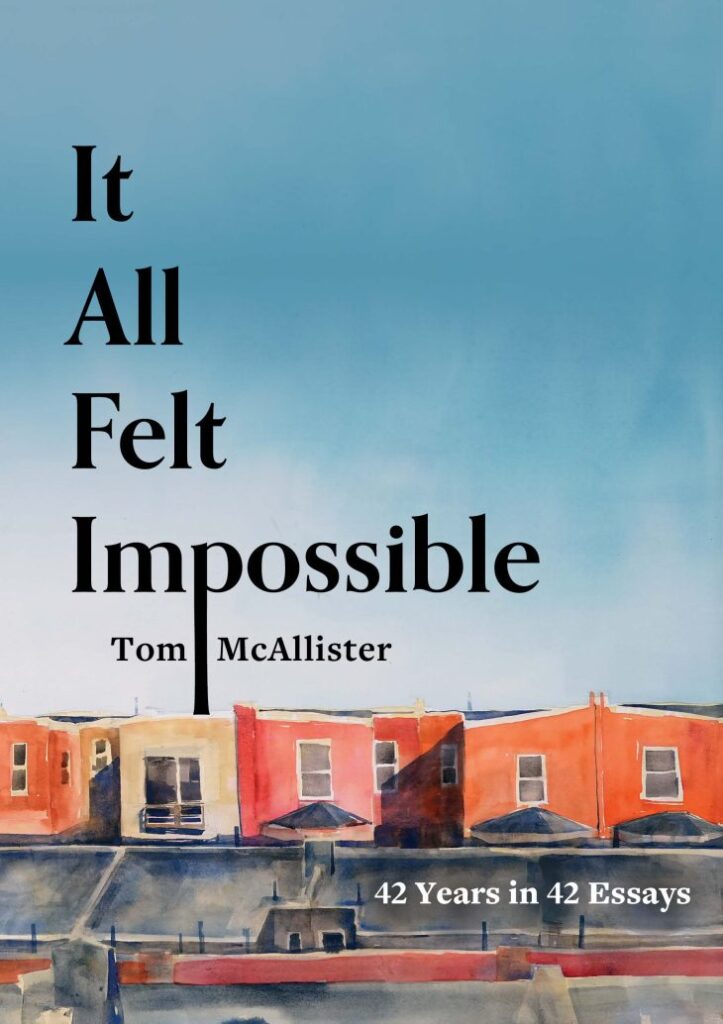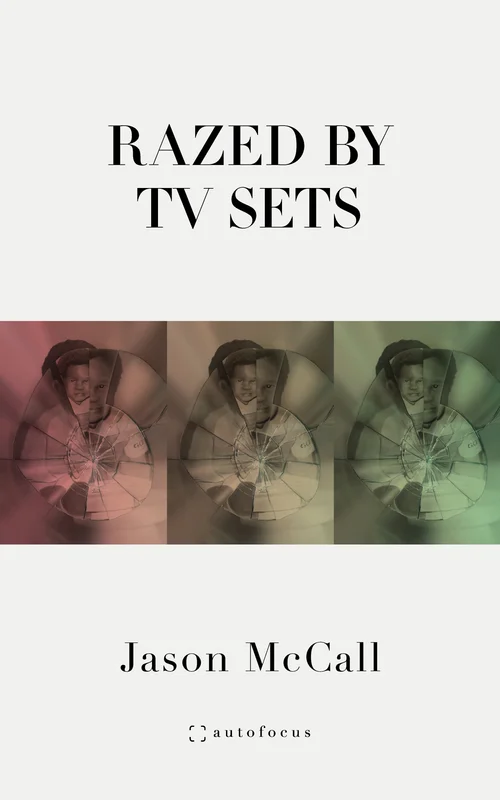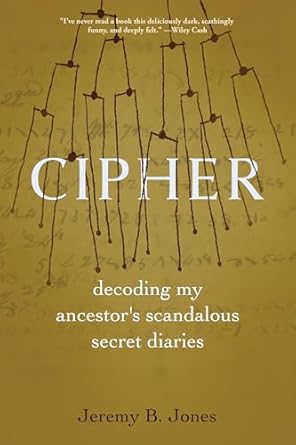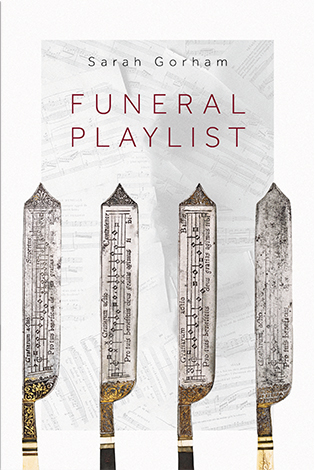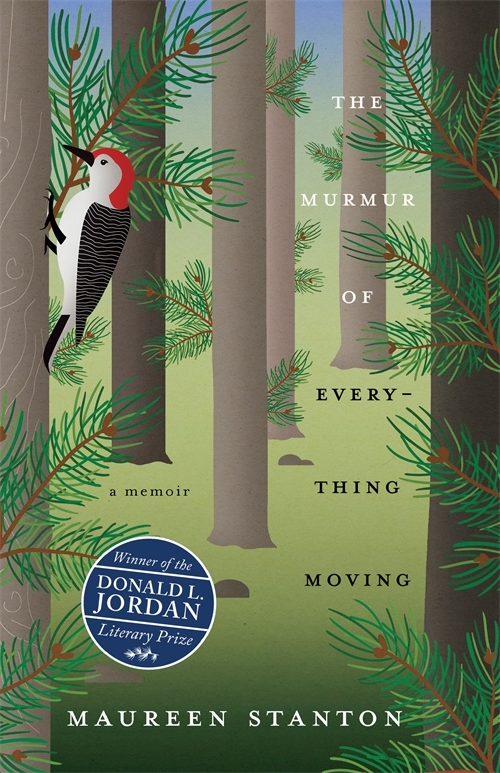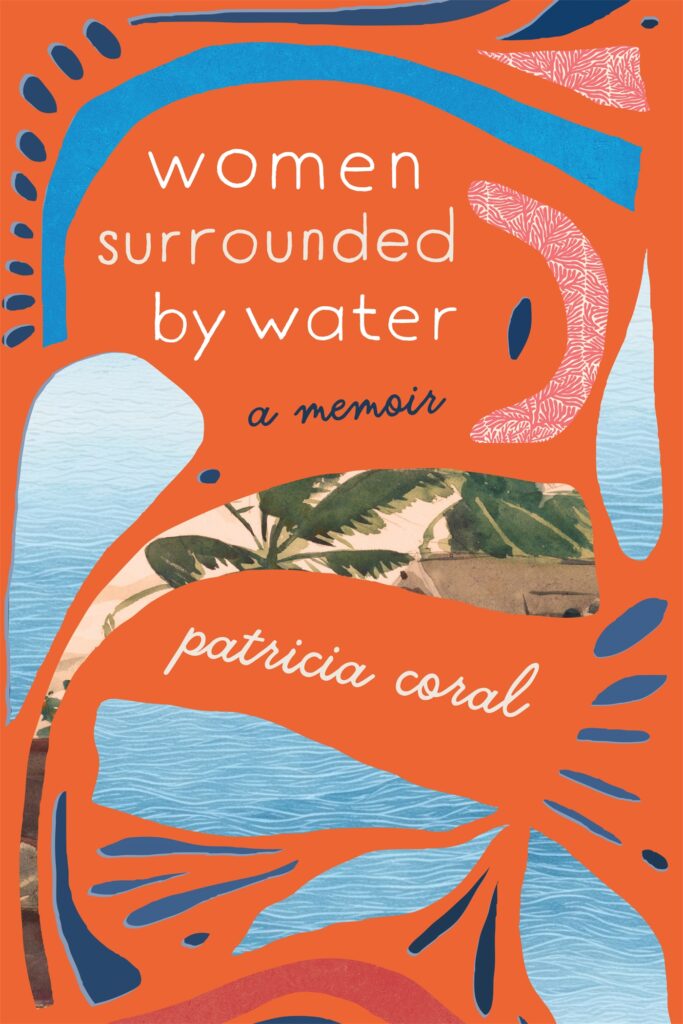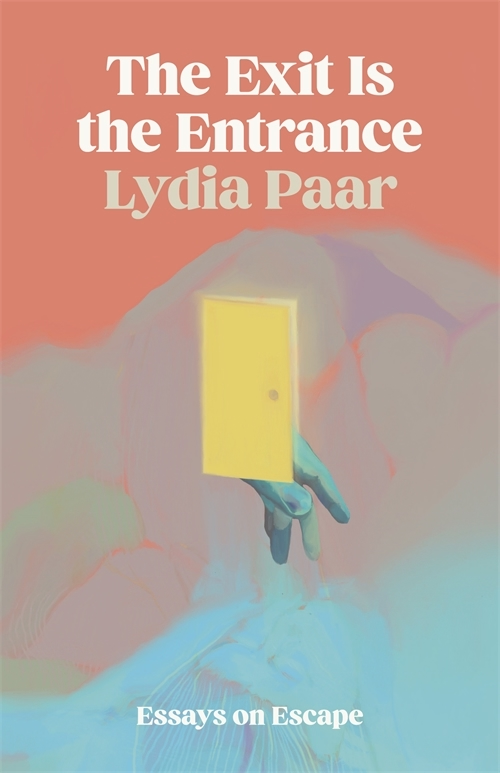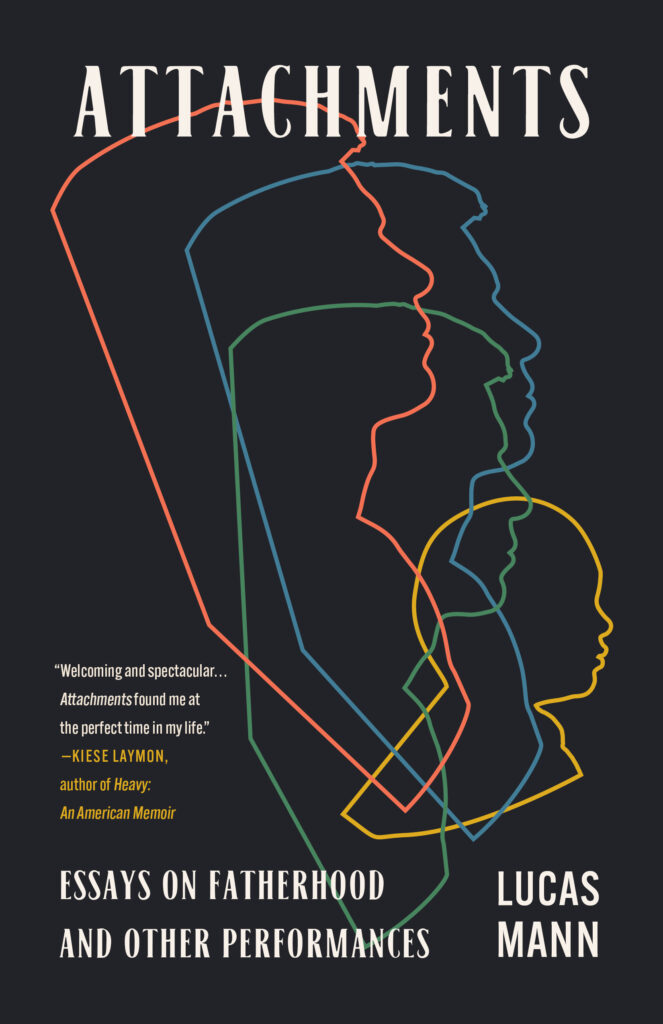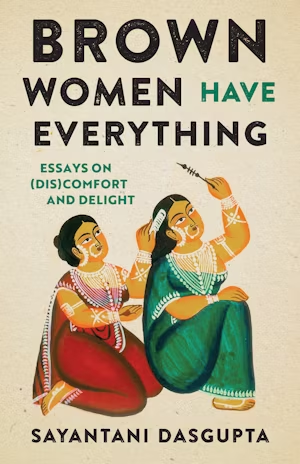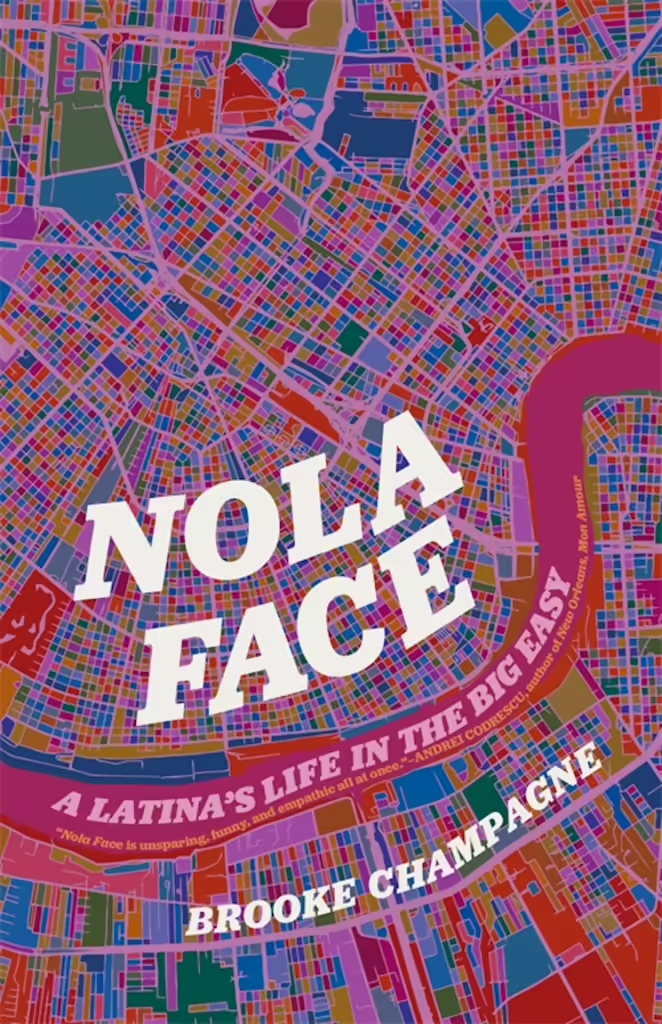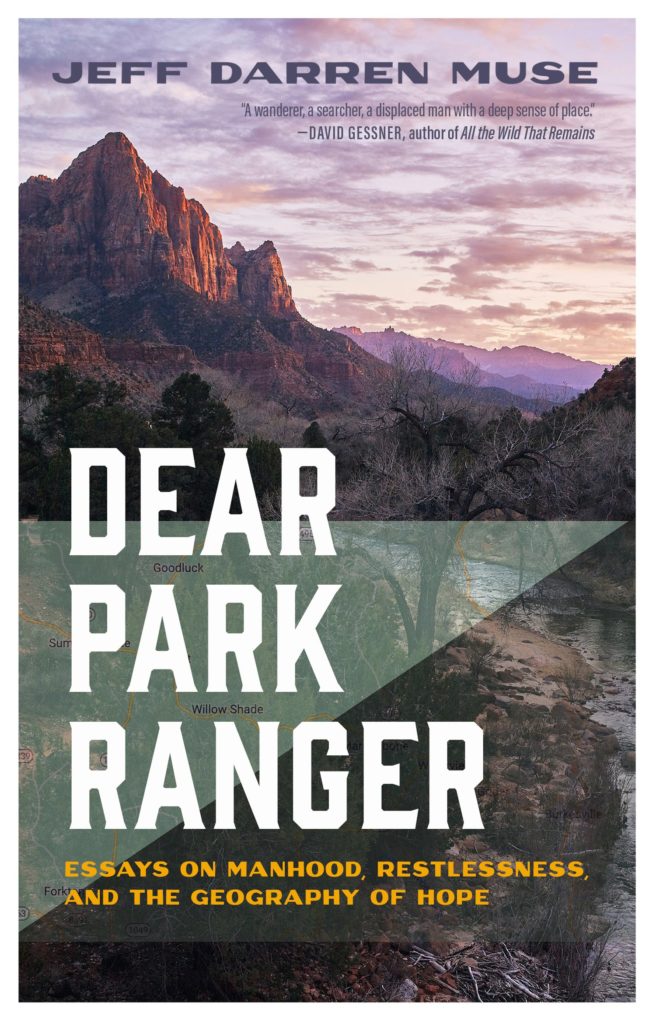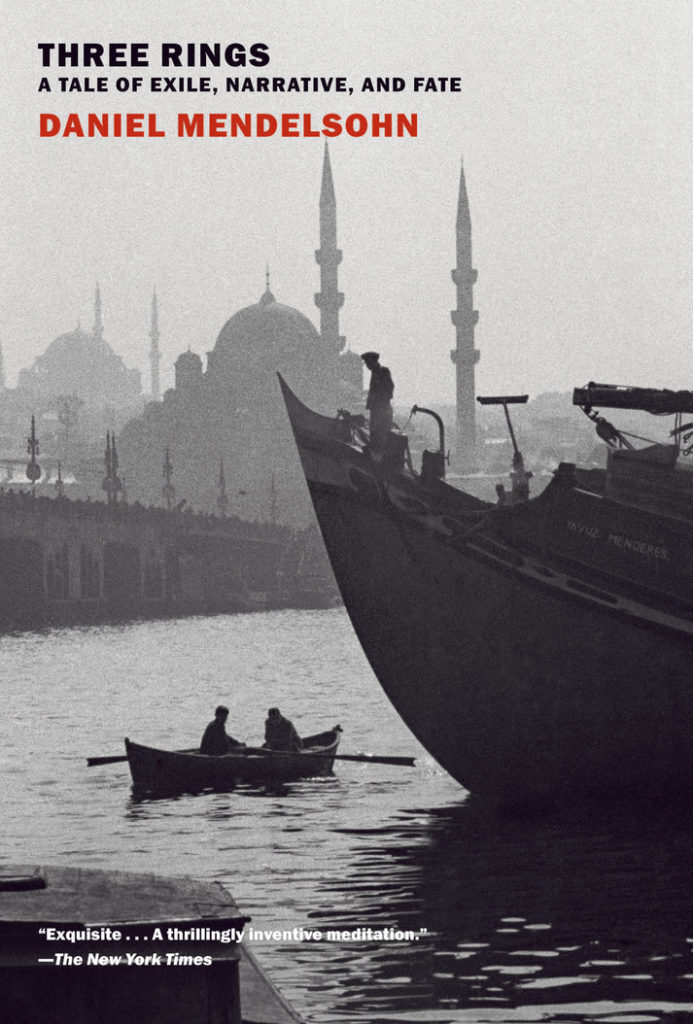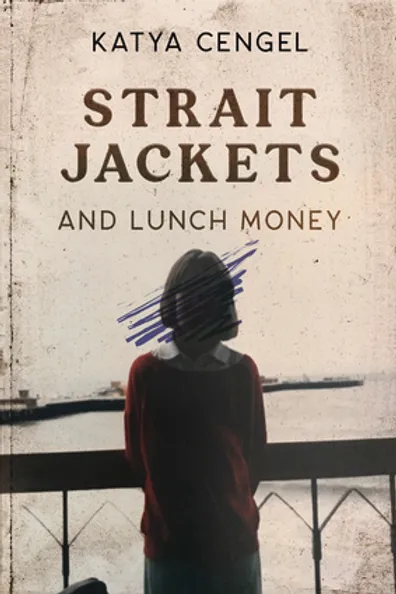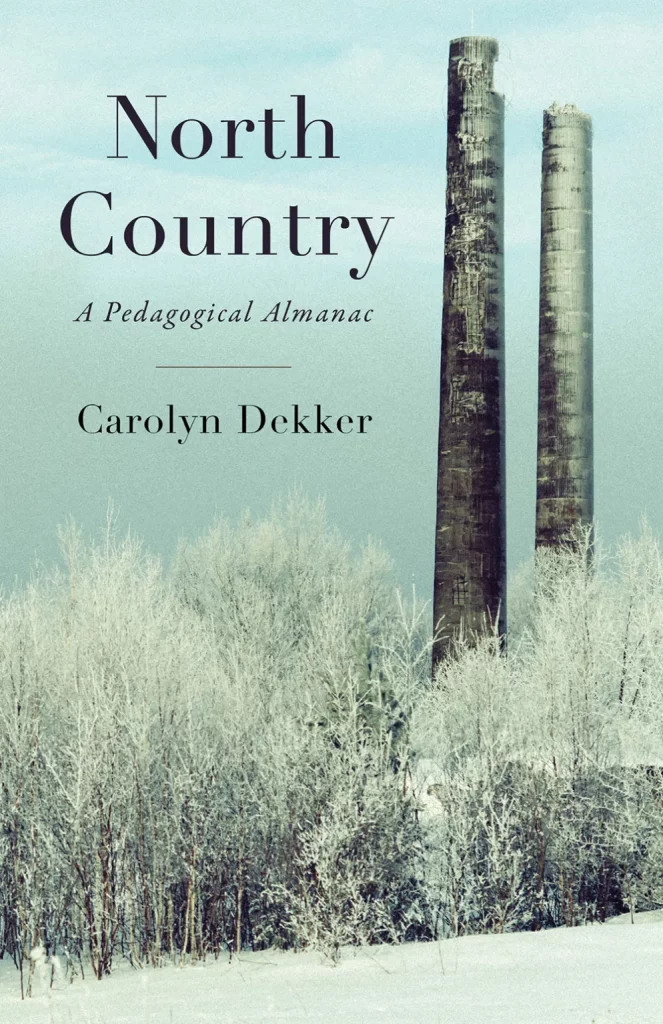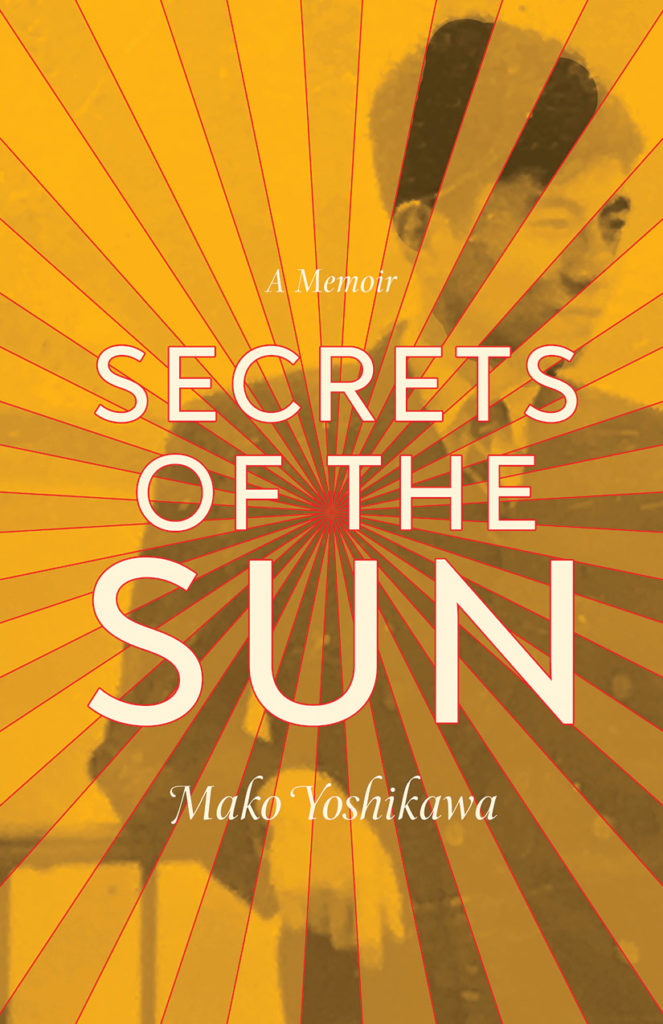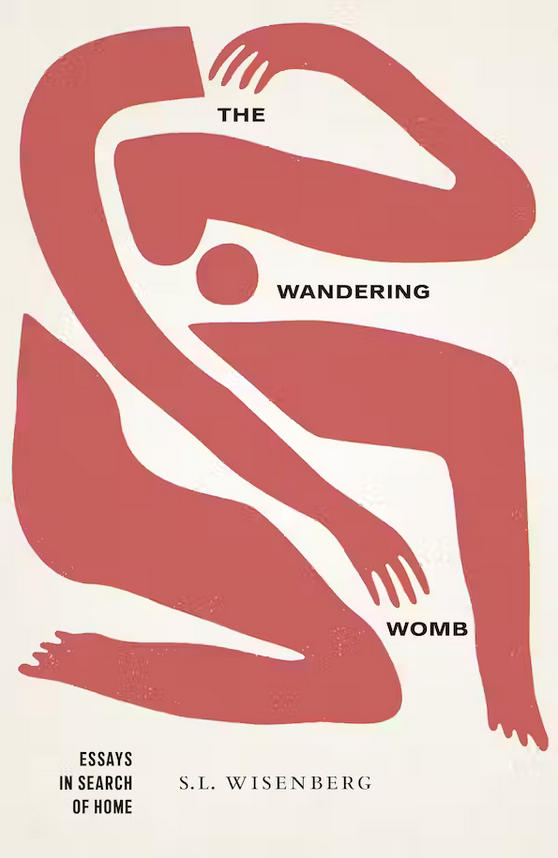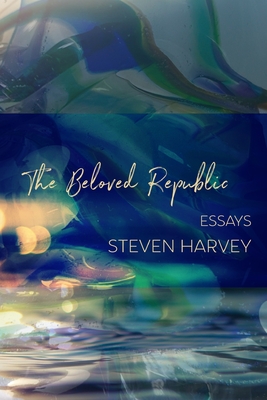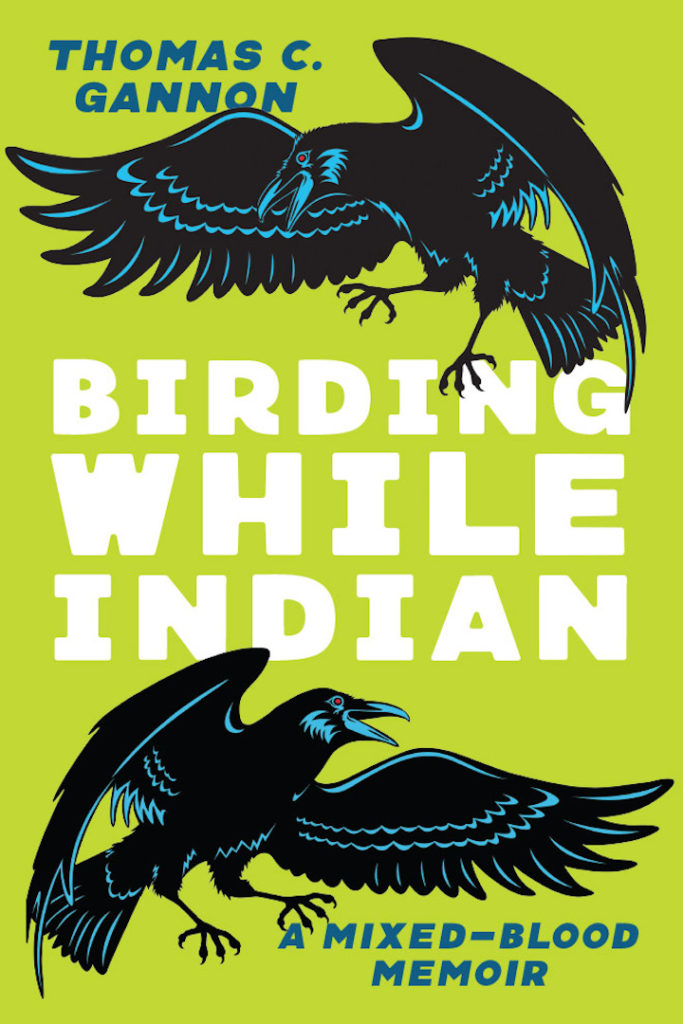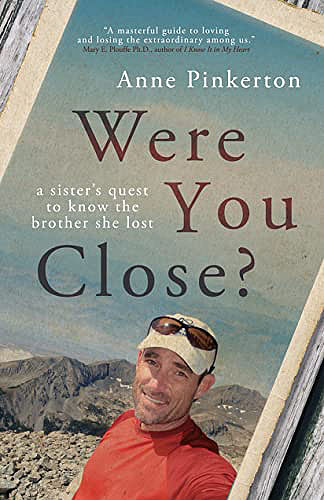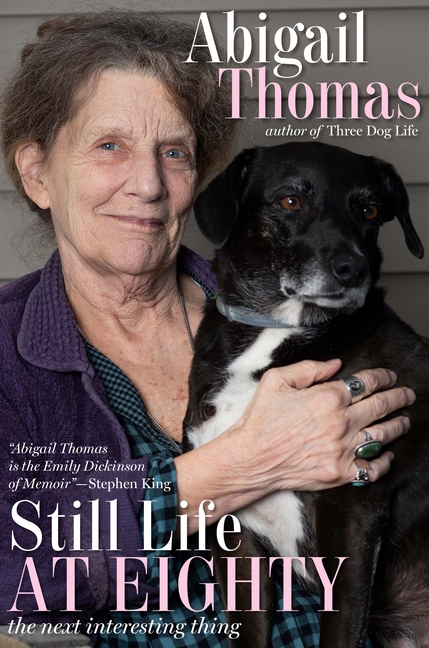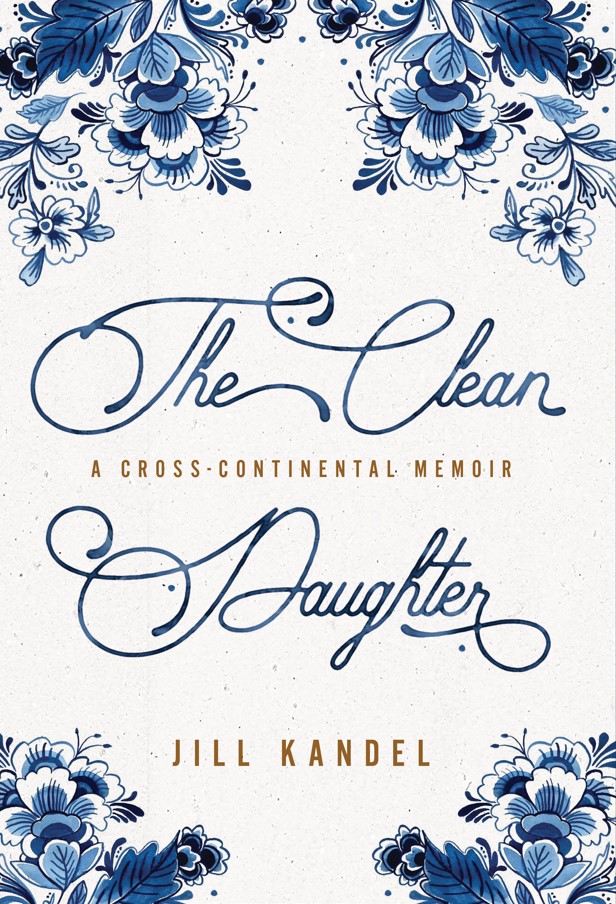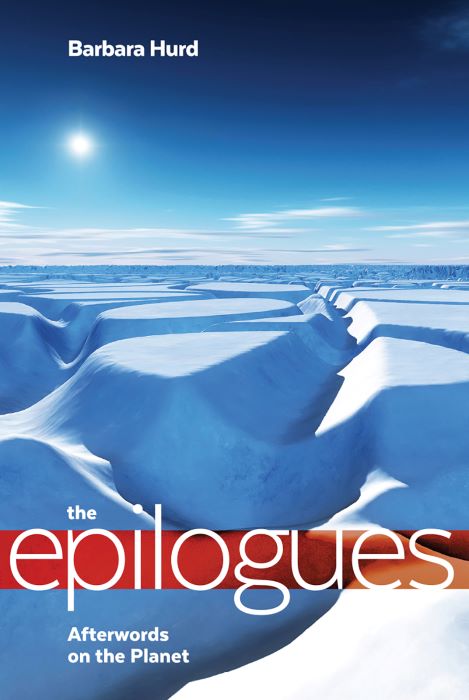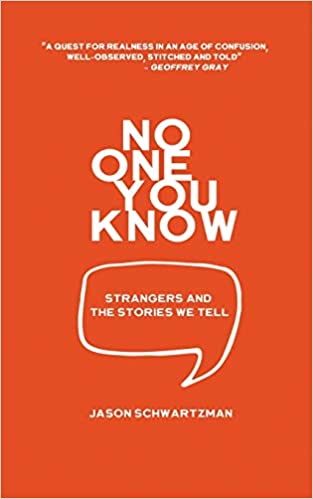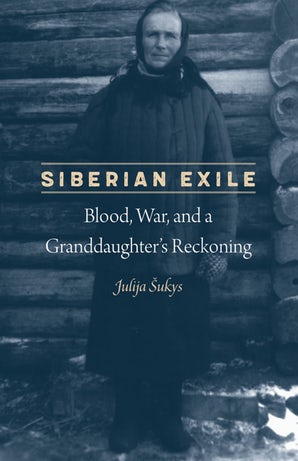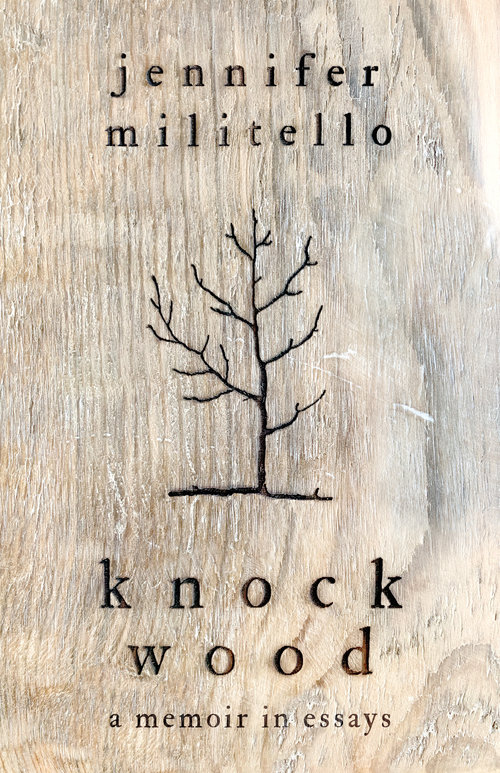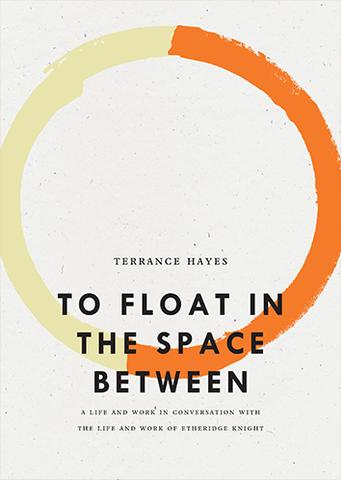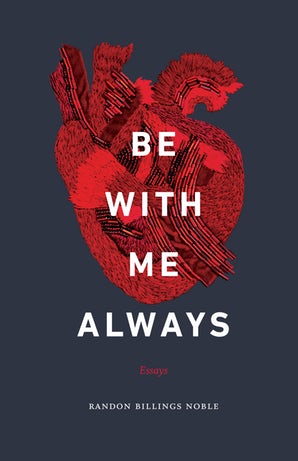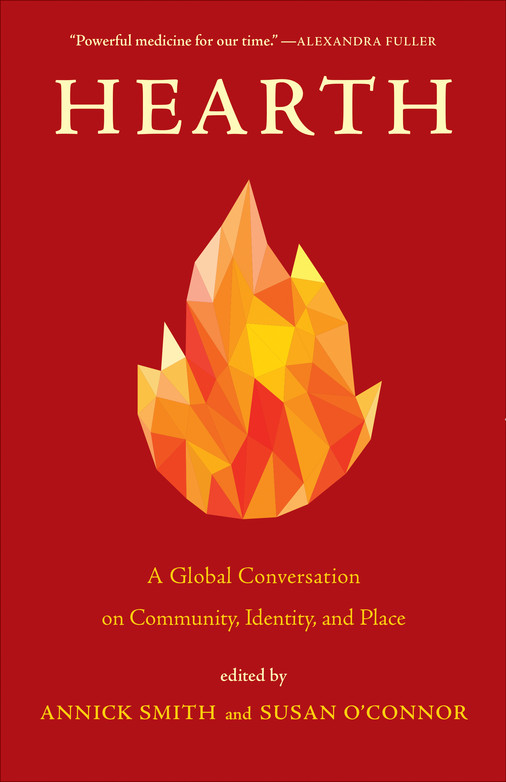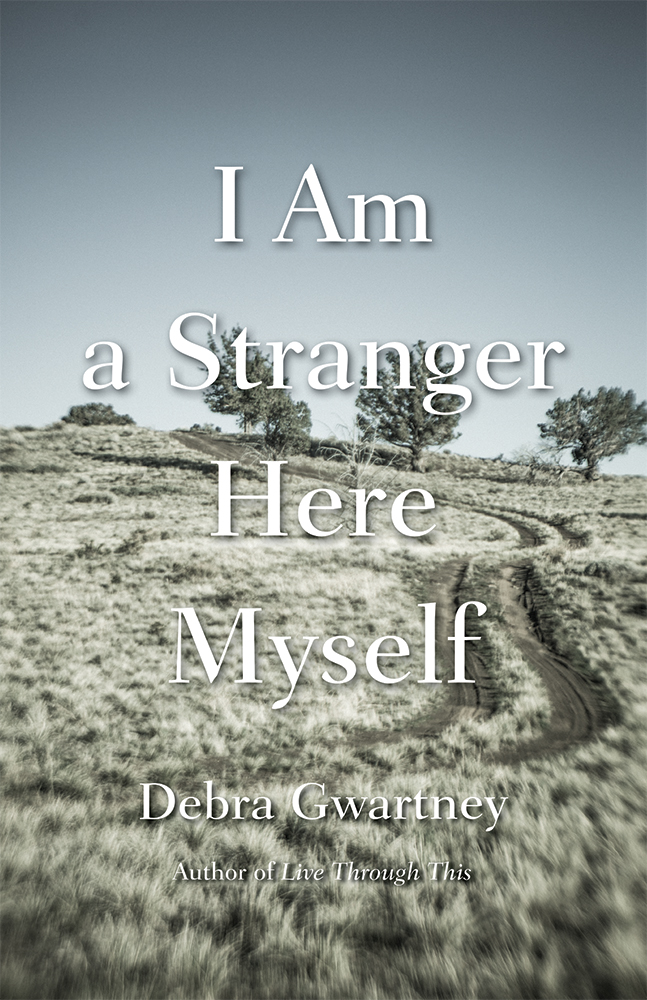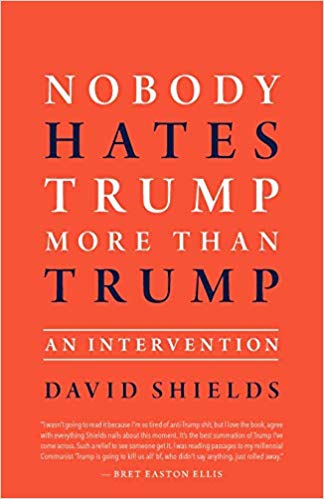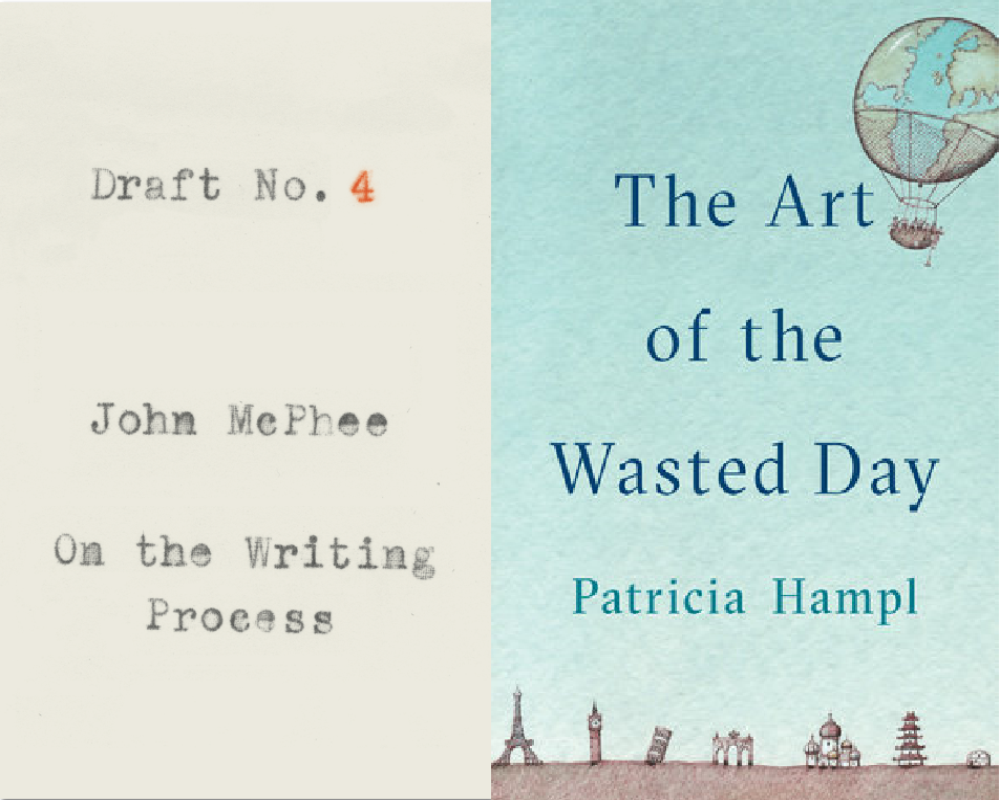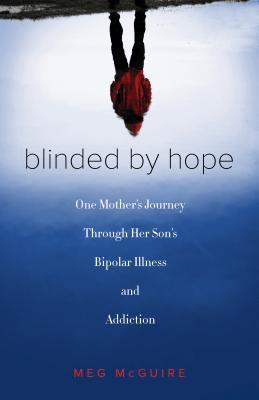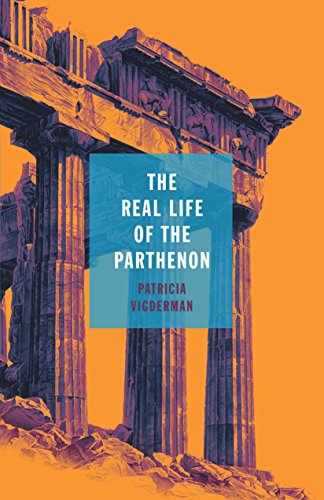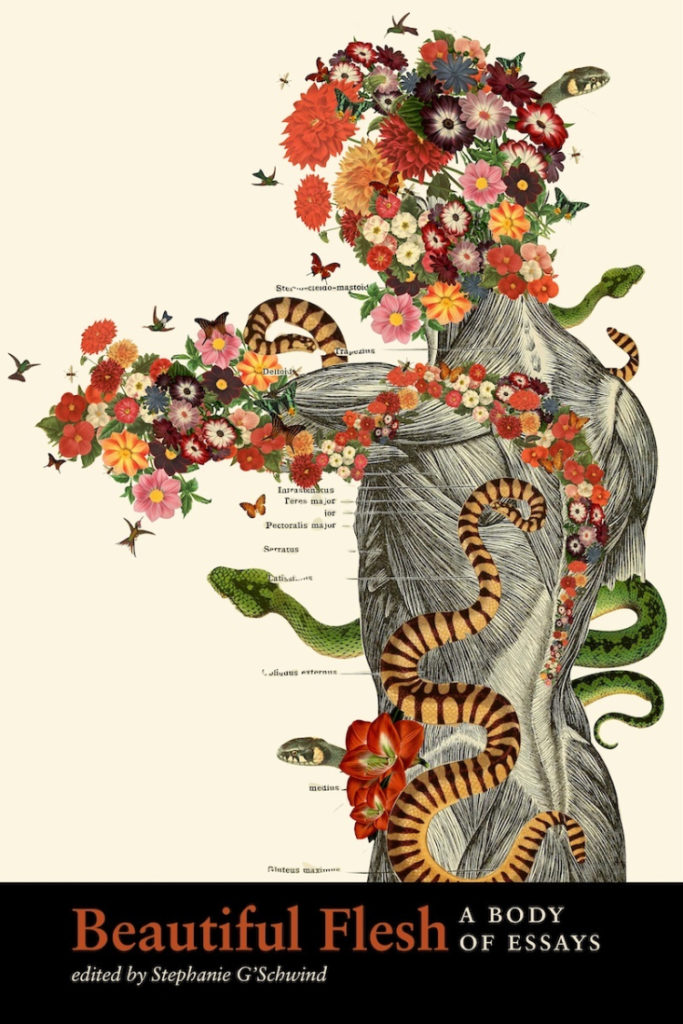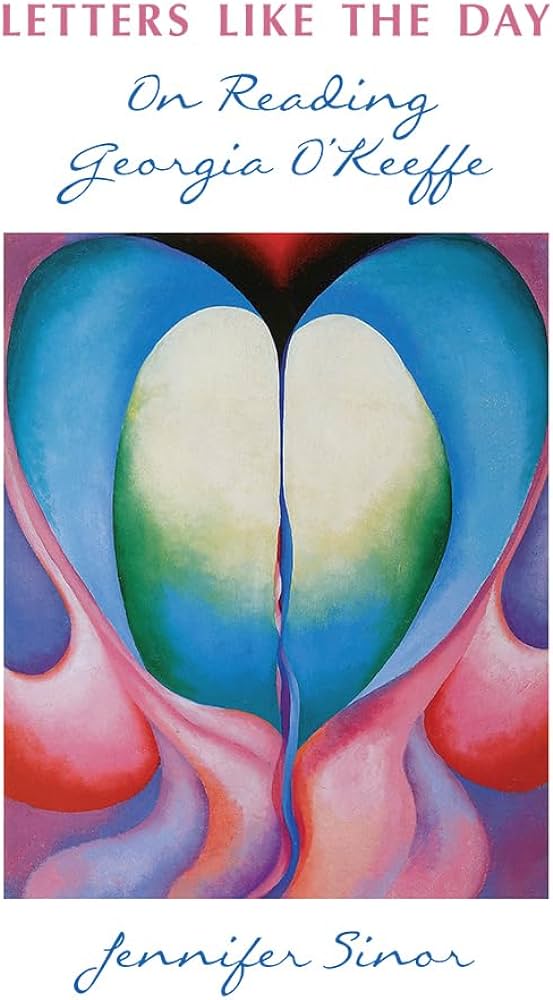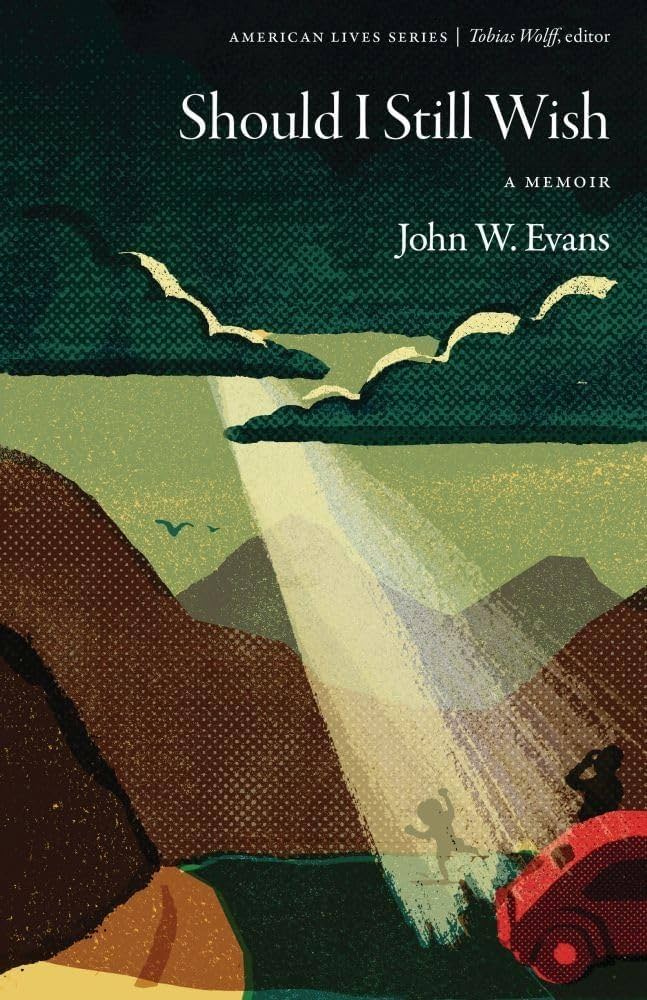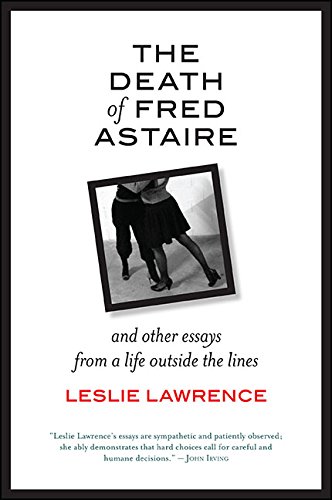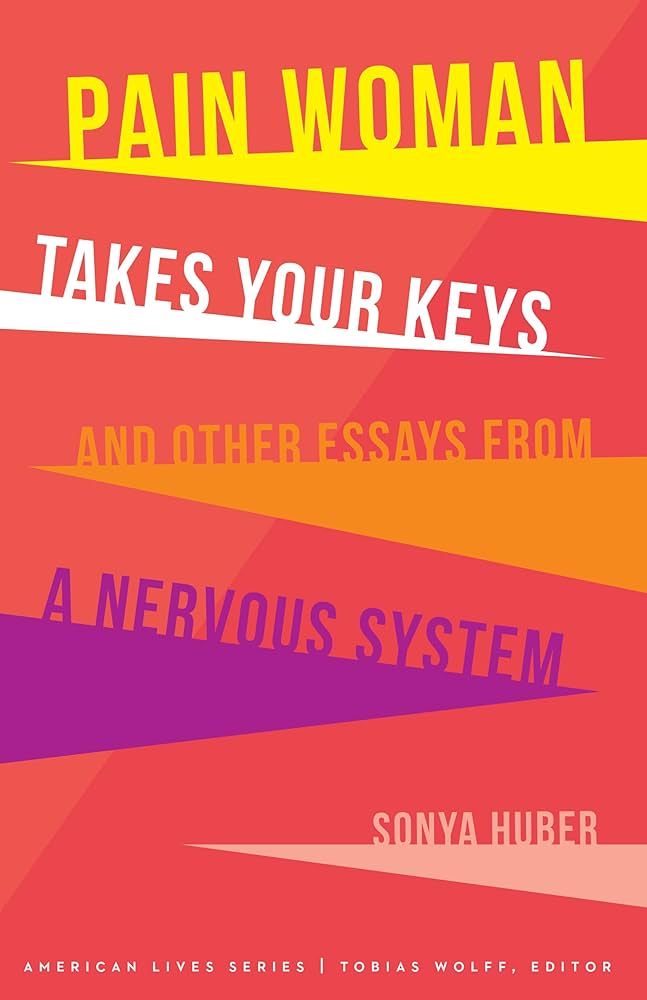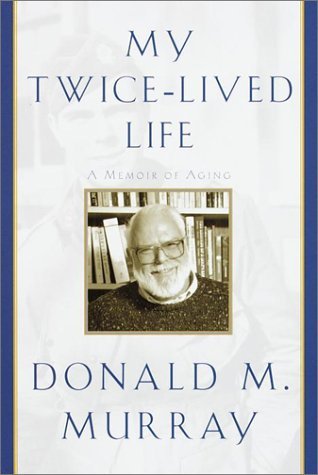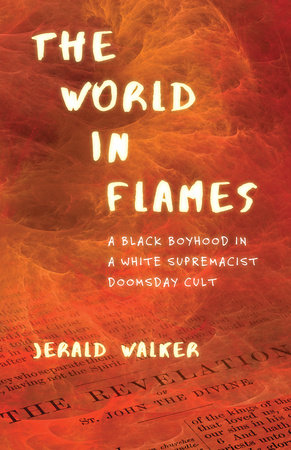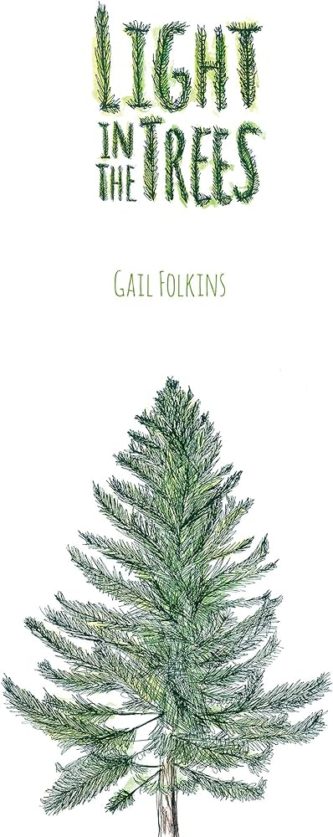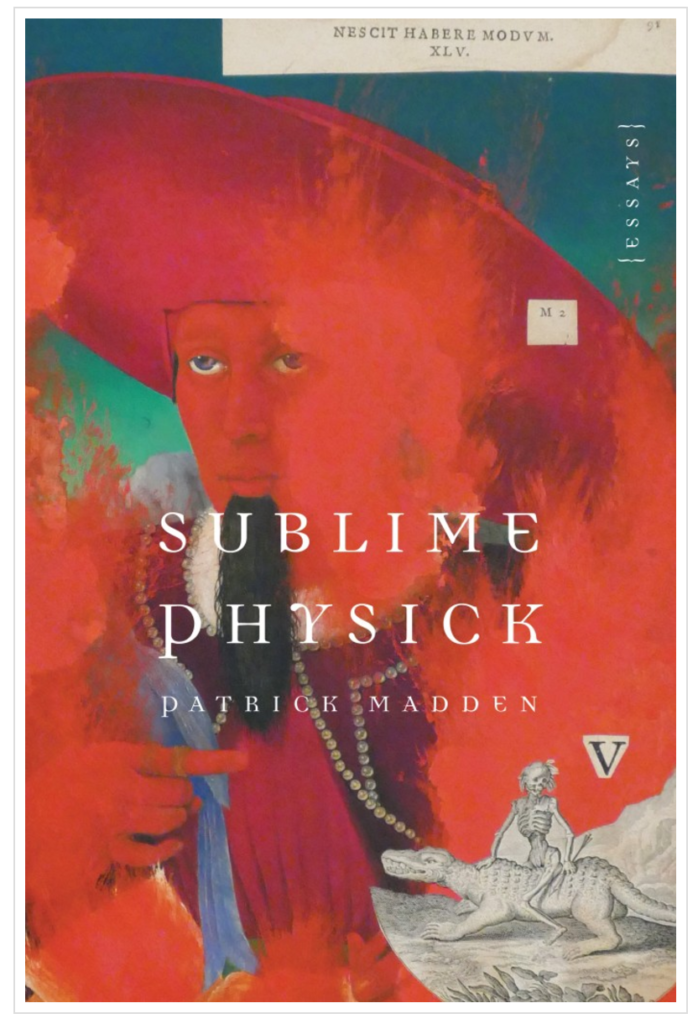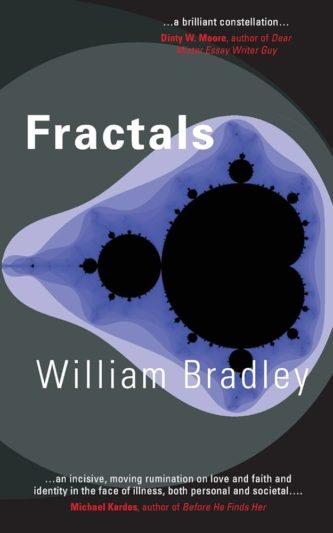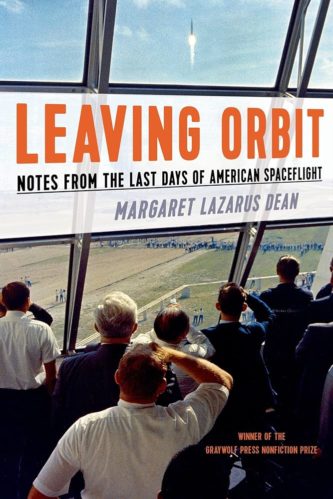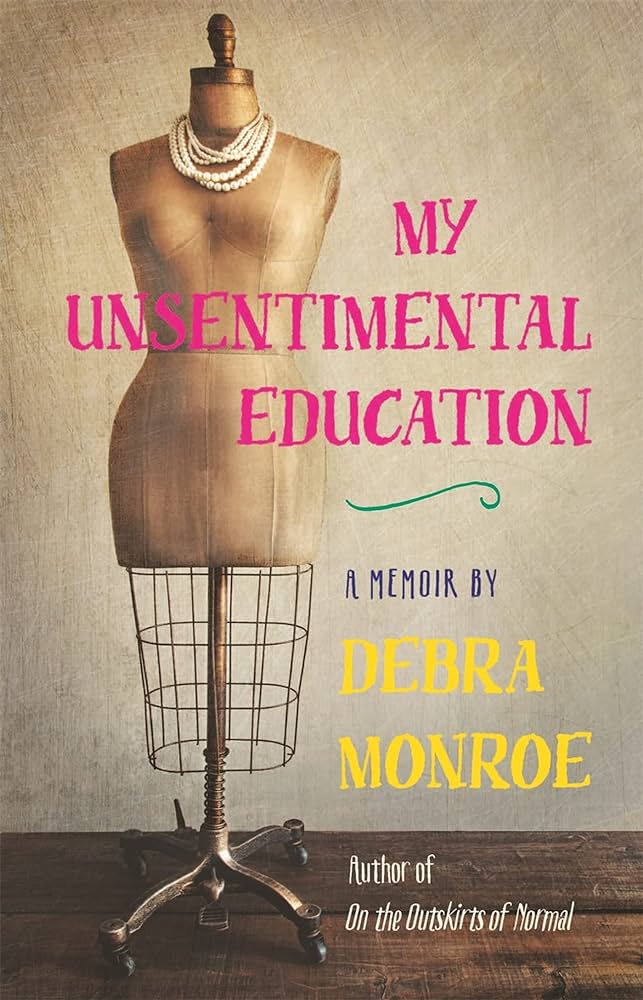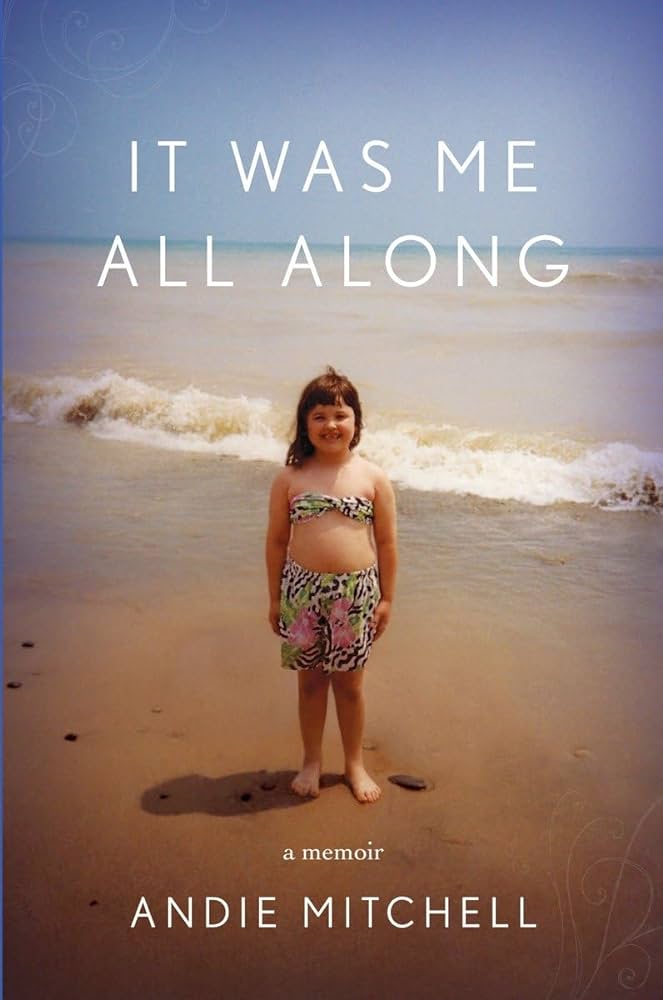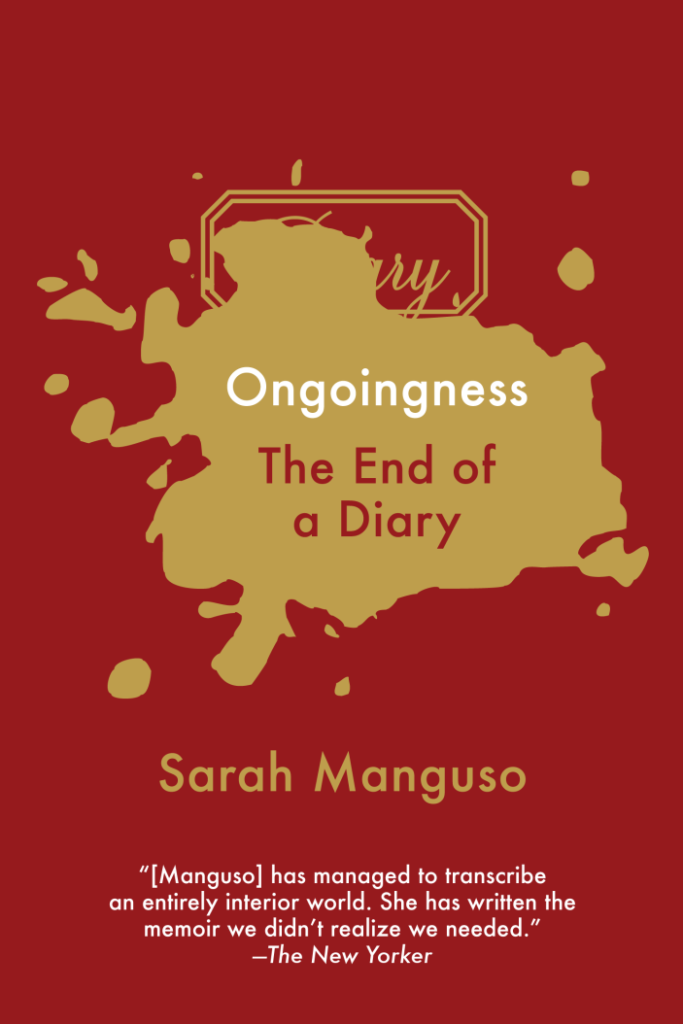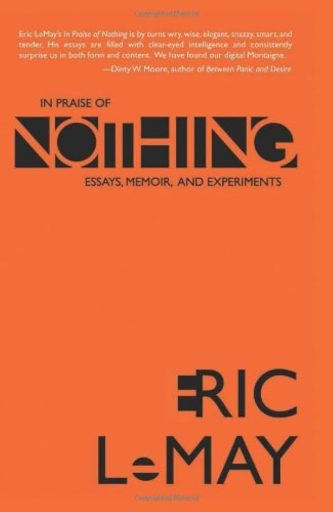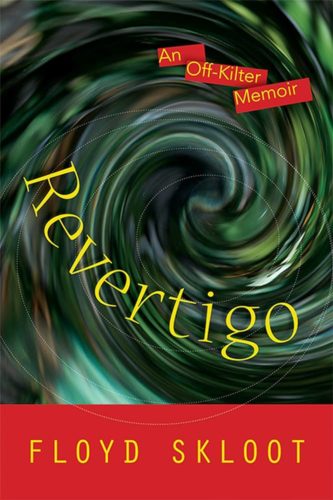By Thomas Larson
A New History of the Essay
Volume One: The Lost Origins of the Essay (2009)
Volume Two: The Making of the American Essay (2016)
Volume Three: The Next American Essay (2003)
Edited and introduced by John D’Agata
1 /
I suppose it was inevitable. The age of self-disclosure—memoir writing, celebrity tweets, one-person Broadway shows, jihadist pre-bomb goodbye videos—would give way to one editor’s need to order up a new hegemony for that intractable thing we call the essay. In this case, one I want to prosecute, it’s John D’Agata’s twenty-first-century’s politicized obsession-collection, which Graywolf brought out over the last decade and one-half as a course text, an MFA genre, a private breviary on the essay’s evolution, which of these I’m unsure. Under D’Agata’s leadership (he chairs the University of Iowa’s Nonfiction Program), this three-volume opus speaks to the essay’s undiscovered past and its experimental future.
It appears that not only does the essay need D’Agata’s way of seeing it but the form also requires a 1,968-page British Museum in which to view it. Thus, D’Agata’s overview—published in one order, packaged in another. Volume One (2009) is composed of “the lost origins” of the essay, circa 1500 B.C.E. to 1974. Volume Two (2016) links or detours to American writers, the stylistic reinvigoration of the essay in the New World (though underwritten by the English essayists, who were added to Volume One) from 1630 to 1974. Volume Three (published 2003) collects new American essays, 1975-2003. In 2016, Graywolf and D’Agata adopted a new order for the collection, retitling it, perhaps the intent all along, A New History of the Essay. Today, they offer a boxed set with a precis included: introductory essays by D’Agata and James Wood.
My first tussle with D’Agata: Why is this his canon? A canon has a decider; the canon, which develop over time, is a scholarly convocation. For clarity’s sake, I’m tempted to retitle its members: a Lost Origins, a Making of, and a Next. Why? Though I admire many of D’Agata’s feisty choices, he’s still a canonizer. I refuse him the status of the essay’s judge and jury. Such a solo canonry runs a red flag up the pole: Who elected you?
Why, at least for me, does “canon-making” suggest harm? Begin with religion. Religions “select” a canon, the canon, as it comes to be known. The “divinely inspired” sixty-six books of the Bible were chosen as sacrosanct over the course of five centuries following Christ’s death. (Those books that didn’t make it in—and they are many—are apocryphal.) Why divinely inspired? That’s the basic criterion to get into the canon. Says who? Well, it’s not exactly said, but those who gauged God’s preferences: Church fathers and priests and learnéd white men as well as an erudite devotion developed from the dogged biblical analysis of Saints Jerome and Augustine.
Given assembly-line publication and mass readership, institutionalists have overrun our society with canonic control. We all know that high school English teachers (seldom P.T.A.’s), corporate textbook publishers, and white male critics (Robert Penn Warren, Rene Welleck, Allen Tate) canonized English and American literature in the mid-twentieth century because most of us grew up under their aegis.
In the 1970s, the canon wars in literary studies began quarreling with the “Western literary canon.” Attacks sprang up like spring mushrooms, re-centering literary models based on social activism. Why—Marxists, feminists, deconstructionists, postcolonialists wanted to know—read Theodore Dreiser’s dreary novels of agentless women and not, for instance, stories that featured Zora Neale Hurston’s self-made heroines? Valid question, simple solution: Shift canonic value from classic and aesthetic to moral and political. Dump the big T and add the forgotten Z. As such, this turn reflected a decentralization and inclusivity for the canon by adding Their Eyes Were Watching God.
The consequence of this mighty shift? Canons—and canon-making—we suspect border on the fascistic. This definition from The Random House Dictionary of the English Language spells out the potential demagoguery: a canon encompasses “the body of rules, principles, or standards accepted as axiomatic and universally binding in a field of study or art.” Note the absent actor: Who is it that accepts what’s axiomatic (self-evident) and binding (unbreakable)? You see the problem.
My second scuffle with D’Agata: the three volumes’ piling on as if bounty alone has validity. Though beautifully if unstretchably produced by Graywolf, the weight recalls those Norton Anthologies and their continentality, which, on baby-hair-thin paper, try to be all things to all readers. I can deal with D’Agata’s unwieldiness but I cotton not to his circus-like padding: a quarter of the essays are dispiritingly long, pedantic, precious, impenetrable, arch, rootless, marginal, or performative sea-going tracts. Many swell a disembodied “I” or “you” or perform acts of soulless textualization. Many are undrained swamps: Thomas De Quincey’s “The English Mail-Coach,” Michael Butor’s “Egypt,” Thalia Field’s “A: I,” and Kamau Braithwaite’s “Trench Town Rock,” an unfathomable forty-five-page orgy of typography and inchoate inferentiality. These four—and others from The Lost Origins—are headachy unfun. Like homework.
I think of an essay as a wingéd creature, not a sloth, not a python, not the Amazon River but the Eleven Point, in southern Missouri. For me, essays are decluttered evocations in prose, propelled by an imagistic or ideational or narrative rhythm, more tone poem than symphony. (Fragments and spatial designs may work but they often toot, unpleasurably, like the music of Anton Webern.) I’m also drawn—I won’t claim it’s universal—to the essay’s oak-in-the-acorn nature: that the writer has considered my time and curiosity as primary to her compositional élan and compactness. In other words, good essays are neither punishment nor harangue nor treatise. (Sorry, Montaigne adepts, but I have never finished his “Apology for Raymond Sebond,” the Moby Dick of long-windedness.)
An essay feels the most estranged when there’s no authorial insight or the author erases the self into some Kantian insubstantiality. Doesn’t literature offer us rapprochement between subject and self, world and perceiver? Isn’t that the essence of Barthes’ essays, even though he notes that language presents a subject not a person? Unhinged, the essay devolves to a stylistic anomaly, avoidantly nonliterary. What’s more, with D’Agata’s aesthetic, an author’s depersonalized, political ingenuity is the fullest incarnation of the essay form; therefore, so goes his claim, it’s meaningful for our time.
Here’s one example of D’Agata’s fondness for the foggy, politically correct work: “‘. . . And Nobody Objected’” by Paul Metcalf (1992). The piece quotes Columbus and other scribes of his time to reveal churchly justifications of their conquest/rape of the New World. Fine. But as essay, it’s surface bluster, self-effacing and devoid of analysis or the author’s particular flint. The problem is, Metcalf presents historical sources, which ping-pong between fact and arbitrary assemblage for his preachy ends. His essay “shows” that no text is reliable; even his piece is infected by indecision. And this is news that stays news?
As a result, much in D’Agata feels ginned up like the war in Iraq. He argues (a canon is an argument) that the essay’s humanist sensibility—the familiar style of observational self-questioning, practiced, for instance, by Hazlitt and Didion—should be challenged, if not scuttled, in favor of obscurity, of subjectlessness, of voids and tone-deafness, of non-associational text “events” where essays fragment and blither and go all meta like Mallarme’s “Throw of the Dice.”
If D’Agata wanted to herald the experimental, one Big Volume might have sufficed: An Alternate History of the Essay. Such, however, would have thrown off what I see, aside from promulgating his biases, as D’Agata’s core aim: to personalize his canonizing, that is, to canonize himself, the canonizer. Which, ironically, I understand better than I do his claim for this multicultural work of semiotic anthropology.
2 /
The lone original aspect of D’Agata’s three-ring performance is the character of his introductions, one for each of the 121 essays as well as a “To the Reader” intro for each volume. His fancies are brief, lyrical, confessional, history-minded, self-justifying, often singing testimonials to his writerly bent. In some, we hear D’Agata examining his motivations for assembling this survey before us.
- On the wildly fragmented “The Intercession of Saints” by Carole Maso: “If, as Bacon noted, an essay only exists once we have something to say and we say it, what do we call those fields left half-plowed by some essayists?”
- On his self-discovery of the form, he confesses about the micro-essay, “May Morning” by James Wright: when “I begin to enter high school and am trained for a lifetime of five-paragraph essays, an accidental encounter with [one] James Wright’s sonnet leaves me with the suspicion that there are essays somewhere to love.”
- In Volume Three’s “To the Reader” note, he writes: this collection “begins in 1974, an arbitrary date as far as dates go because it does not mark the start of the essay. It marks, instead, the start of my own wondering—the only story I have any authority to tell.”
What’s the point of these tiny-house flash intros? One is to river D’Agata’s enthrallment with the essay and to canoe that river’s shoals and rapids, which the single-oar canonizer needs. It is, after all, his canon. He braids commentary, mostly historical or trivial, about the selections. For example, he offers this while introducing Lillian Ross, the master of The New Yorker profile: 1959 is the year when
reinvention is all the rage. It’s when pantyhose make their American debut, Miles Davis records his legendary album Kind of Blue, Castro becomes prime minister of Cuba, and Tom Wolfe begins to promote the idea that all of a sudden there is a “new journalism” in the world, a form of literature that “consumes devices that happen to have originated with the novel and mixes them with every other device known to prose.”
The resulting interflow tells us much more about this homunculus, or little rudder-man, who D’Agata has fashioned to guide his conveyance. His intros ground the fluctuations of essay-being he himself is trying to make sense of, a several thousand-year range no one has yet explicated.
Such personal tics feel authentic, sharp. But, with his tautology, in Volume Two, to “let the essay be what we make of it,” I have to react: Who is this “we” he cites, and hasn’t the “essay” been made much of in literary time already by legions of “we,” and what does it mean to “make” something of it going forward, that is, for us to be either more critical toward or more creative with its development, now and then? Isn’t that obvious?
As much as I like his intros’ mix of self- and historical assertion, they are also like maps under display glass that chart the zigzaggery of the hiking trail (the essay) before us. Their novelty and comment lapse once we enter the piece at hand. Elsewhere, when not historicizing, D’Agata often states half-truths to forge, I’m not sure, divisive platitudes he hopes we’ll dispute. Showcasing Baudelaire, he writes that when poets write essays they are writing prose poems, which are essay-like. No. They’re metaphoric, imagistic, and poem-like. Characterizing memoir in 2009, he is short-sighted and dismissive: “today’s memoirs” are “novelistic” and “framed educationally, something so harmlessly distant that it is now merely an anecdote.”
To load ballast, D’Agata does what most canonizers do: mix (more of) the familiar with the new. Of the known, in The Making of the American Essay, we find old friends, frontiersmen and pioneer women: Rowlandson, Emerson, Thoreau, Twain, White, Fitzgerald, Agee, Baldwin, Gass, McPhee, Sontag, Mailer, Didion, Dillard, Carson, Adler, Acker, Foster Wallace, stalwarts all, inhabitants of the canon-continent writers and readers of the form have explored and extolled. (Once you’ve read Didion’s masterpiece, “The White Album,” your ear will be haunted by her cerebral intimacy the rest of your essay-devouring life.)
Why, then throughout, do so many recognizable works comprise this “new history”? Such, I fear, is D’Agata keeping his steak-and-potatoes fare to dine piecemeal on the new dishes. If you put Bacon and Montaigne, Gertrude Stein and E.B. White, in your history, then your examples of the new seem rightly companioned. When a canonizer builds off the well-known, the new (additions) draw inordinate attention to themselves. Enough to ask, what is the new work saying about the old? Other than it’s obviously difficult to see each radically different piece in every other piece, D’Agata doesn’t say. I think the only thing to say is that difference is the norm, the point.
Add to all this gamesmanship, the issue of trust. I distrust D’Agata. Though this may be a detour, in other books of his he champions the idea that nonfiction can/should be faked, that facts can/should be toyed with. He is on the record as freely using “alternative facts,” notably in his About a Mountain (2011) where he falsified (I’m sorry, creatively enhanced) details of a Las Vegas teen’s suicide and which Google-hunters and most of the nonfiction community called him on. He answered by “writing” silly self-anodynes in a silly book, The Lifespan of a Fact, a sort of Donald Trumpish defense of his one-man, one-reality approach to the “truth,” or, if you like, truthiness.
It’s not so much “fake news” with D’Agata. It’s worse; it’s a literary stunt. His freedom to use whatever facts he likes matters only to him. To that end, he writes, that in 1960, when Andy Warhol invents his conceptual product-placement-as-art lithographs using Campbell’s Soup cans,
the very concept of “nonfiction”—a term that’s been in use for a decade by now—is being challenged by artists in a variety of media who are demonstrating the meaninglessness of a term that describes a way of art-making that is based on the veracity of its claims rather than on what it’s expressing.
Really? Nonfiction writers have been stubbornly informational for centuries and D’Agata is today the lone flag-waver of expressivity? It’s a specious argument that nonfictionists are dunderheaded because they hold their work to “the meaninglessness” of veracity. It’s a ridiculous point. Ends justify, and only D’Agata finds “the facts” at issue: What essayist do you know who claims it’s OK to craft a coming-of-age story in which the author labels her mother an undercover cop, instead of (the truth) President of the Police Review Board, because the former serves the author’s aesthetic purpose as a literary writer?
Like Trump (another fantasizer), D’Agata makes most of what he touches about him, so that when we talk about the essay in the twenty-first century, we (have to) centerpiece him, consider his place or let him put himself in that place where his arena and sponsorship hosts the debate. But we don’t debate it. We endure his “demand” and move on. I wonder when, in a post-postmodern world, we will stop relying on the testimonial authoritarianism of our compilers as the stamp by which we label what’s literary.
This collection is notable for its Derridean way of reading literary history: Derrida taught us that each reader creates a universe of personal, conflicting responses to texts, that there is no one or right way to unpack writing and its conundrums beyond the kinds of reading I, as a critic, practice. I applaud D’Agata for making a history of the essay about himself; his introductions load me with his passionate and informative take on the form I love as much as he does. But I don’t care for his (or anyone’s) engineering. Indeed, the more engineering, the more cynical I am. It seems to be another religionized affair—that the “kingdom” of the essay requires a flowchart for the masses (college students?) who would be lost without such guidance and are easily exploitable because they are lost.
Finally, all this recalls Amiri Baraka. It’s true, he wrote, that words have users but it’s toweringly more important to realize that users have words. I’m troubled that D’Agata is the latter’s pitch man who feels he must make order out of our wayward and inchoate literary scholarship when everyone else (except the Norton generals) has given up. It’s a lifelong task to stop thinking canons are the shit—especially in a fast media-morphing writing world that is waking up to its hegemonic thinking and its past doctrinal abuses and waking up from those self-appointed editors who find canonry an end in itself.
A New History of the Essay
Volume One: The Lost Origins of the Essay (2009) | $25 Paperback | Buy Here!
Volume Two: The Making of the American Essay (2016) | $25 Paperback | Buy Here!
Volume Three: The Next American Essay (2003) | $22 Paperback | Buy Here!
Edited and introduced by John D’Agata
Gray Wolf Press
Critic, memoirist, and essayist, Thomas Larson is the author of three books: The Sanctuary of Illness: A Memoir of Heart Disease, The Saddest Music Ever Written: The Story of Samuel Barber’s “Adagio for Strings,” and The Memoir and the Memoirist: Reading and Writing Personal Narrative. He is a twenty-year staff writer for the San Diego Reader and the Book Reviews Editor for River Teeth. From 2010 to 2017, Larson taught in the MFA Program at Ashland University, Ashland, Ohio. His website is www.thomaslarson.com


